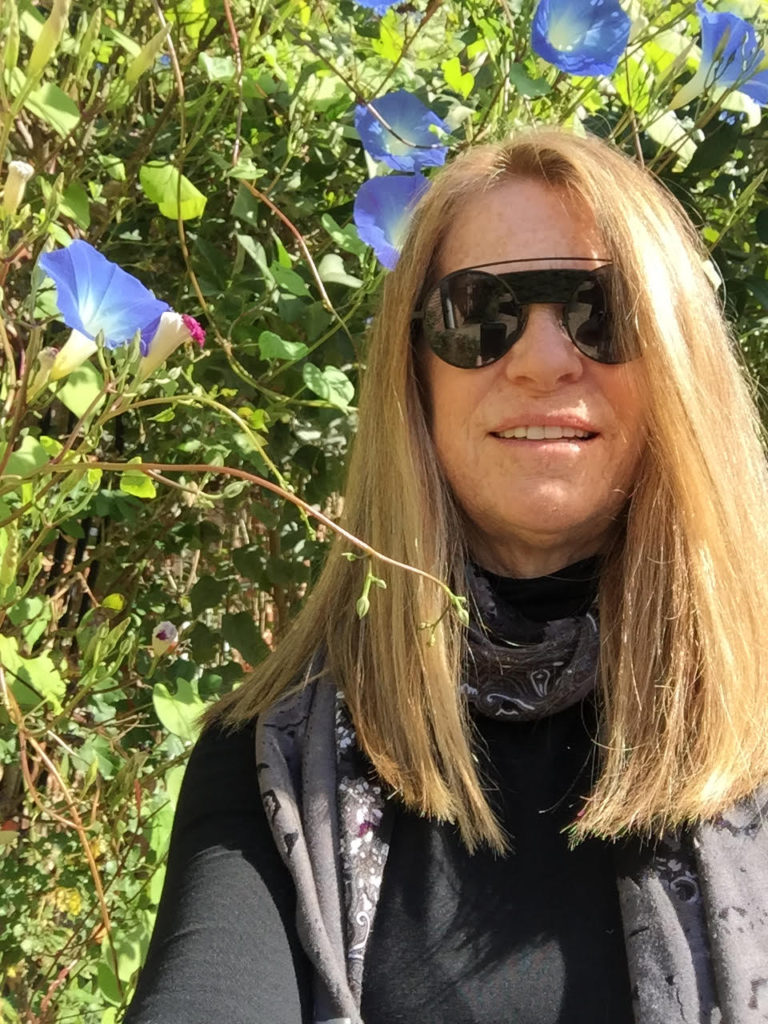Protocol Case Study for APR Mitigation Sites Utilizing Technology That Is Transparent among Users
The protocol started with a vegetation survey utilizing existing protocols from the Corps, USFWS, NWI classification system and the CNHP to create a new platform for field data collection, storage and analysis. This new platform utilizes “technology” for field data collection that can account for ecological status and that is consistent with state and federal systems in both wetland delineations (aquatic determinations) and wetland banking projects. The new platform allows for transparency among Users and is scientifically and legally defensible. The new platform was created from site vegetation surveys, other field data collection, graphic information system (GIS) mapping/analysis and utilizes publically available and private data. Because wetland banking projects can takes many years, overall costs for large areas are generally less and allow for growth over time without data loss among potentially changing personnel or consultants.
USFWS NWI mapped wetland areas were flown via a commercially available unmanned aerial system (drone) (under $2,200) at a 4-cm horizontal resolution and processed at 20-cm resolution. Drone Deploy software was utilized to process and stitch images into an aerial map. These aerial maps were utilized in iPads for vegetation base mapping and were flown within two weeks of vegetation field mapping. Drone Deploy software was also utilized for remote sensing analysis under NDVI to assess plant health within polygon areas. NDVI data were also compared to the field vegetation polygons (wetter or drier vegetation results) for accuracy and future status and trends in future banking efforts. Natural Resource Conservation Service (NRCS) GIS soils data were utilized within GIS analysis.
Data were analyzed in GIS to determine areas that would potentially, or currently, meet wetland criteria (therefore not an area for a wetland bank) and areas suitable for potential wetland mitigation banking because in the past they may of been wetlands but would now be classified as uplands. The vegetation survey was designed to provide a geospatial ArcGIS database of field mapped plant community types defined by the wetland indicator status of the three dominant species within all vegetation strata (tree, shrub and herbaceous). Field data were collected utilizing ESRI Field Maps program and the Survey 123 program configured with the Data Collection Map that resides on ArcGIS Online (AGOL). Most of the field vegetation data were collected with the Field Maps App where the App displays background data for reference and has the ability to input polygons, points and attribute data into the Data Collection Database.
The vegetation data is ranked by the compiled wetland indicator status and was imported into ArcGIS along with the NRCS mapped soils and NWI data. While the vegetation data can be utilized as a stand alone document for wetland type, dominance and community type, the GeosTeam utilized the above data with the GIS analyst tools in a variety of intercepts to better understand areas that potentially support future mitigation banking efforts.
This protocol is cost effective and can be utilized to produce platforms that can be accessed by interagency teams, and other scientists to further regulatory and restoration objectives.

